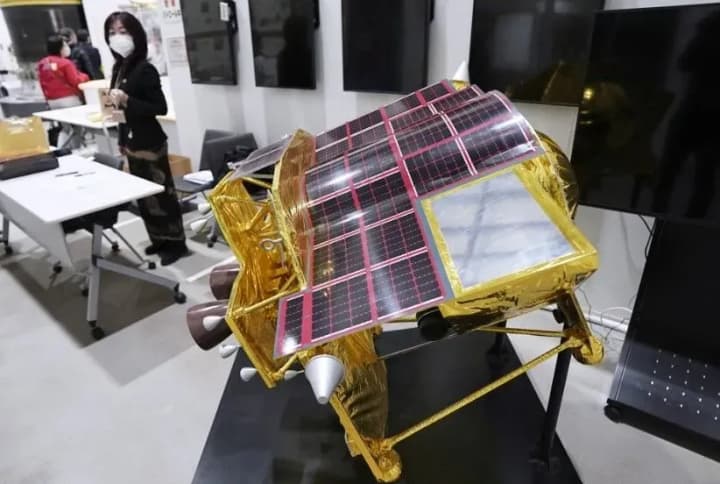Japanese spacecraft SLIM lost power after landing on the moon and is waiting for an opportunity to charge solar panels
Kyiv • UNN
The Japanese SLIM spacecraft landed on the Moon but lost power due to a change in orientation that affected its solar panels. The Japanese space agency JAXA is analyzing the data to confirm the accuracy of the landing.

The Japanese space agency has received data on the landing of its SLIM research vehicle on the moon and is trying to determine whether it has achieved unprecedented landing accuracy within 100 meters of the target. This is reported by UNN with reference to Kyodo.
Details
JAXA said it is analyzing the technical data and images transmitted by SLIM and will determine the accuracy of the landing technology within a month.
We are currently conducting a detailed analysis and are relieved to see that we have received a lot of data
It is known that SLIM is currently unable to generate energy because its built-in solar panels are not properly rotated in relation to the sun.
It turned out that the rover changed its angle during landing and is now oriented differently than planned: its solar panels are facing west. Thus, electricity production will begin only when the western side of the Moon begins to receive sunlight.
The power was cut off about 2 hours and 40 minutes after the landing, at which point the battery level was 12 percent. SLIM managed to transmit the landing data before the power was cut off.
Recall
Japan has managed to land a spacecraft on the lunar surface. JAXA says it hopes to make the transition from the era of "landing where we can" to the era of "landing where we want" for future lunar missions. The spacecraft landed in the area of Shioli Crater in the lowlands known as the "Sea of Nectar".